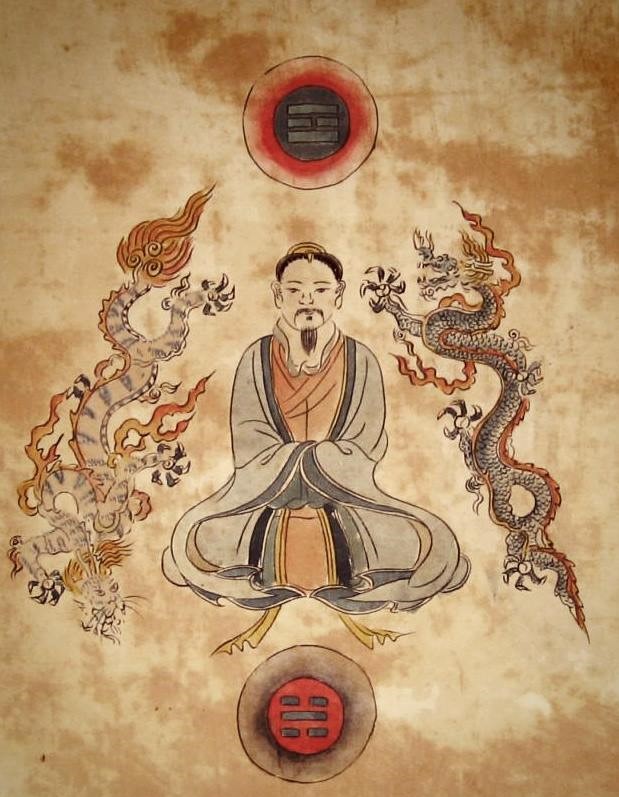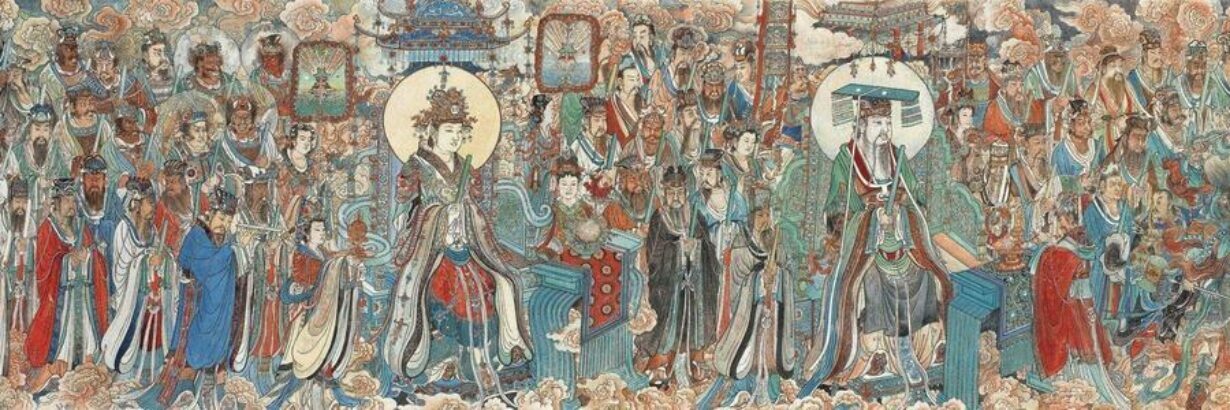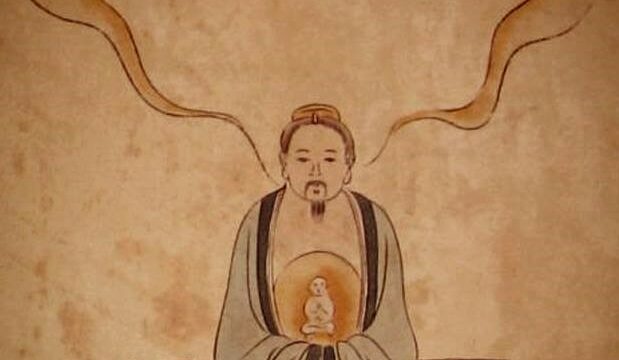There are generally two types of meditation.
-
Mindfulness meditation
This type of meditation can be practiced to put yourself in the shoes of things and situations, to analyze them. In the case of mental blocks, the cause of which goes back to early childhood, for example, you can get to the bottom of things to see why they developed this way. You search your own mind to bring everything to light. You see things with different eyes. Once one has penetrated things, one discards them in order to gradually empty one’s mind and shed ballast. One uses only one’s mental faculties to go deeper into things, to penetrate them and to understand them. In this way you can get a clear picture of how to overcome your weaknesses and fears.
-
Emptying meditation
In this meditation one tries to get rid of all thoughts and to get a clear and pure mind. The practitioner works to decrease and dissolve the stream of thoughts by initially distinguishing between thoughts that are “rewarding” to be thought further and those that should be discarded immediately. This is called making a formal judgment. Gradually the innumerable streams of thought diminish until one enters completely into stillness. The practitioner first begins to work with his mind by training it. With structured thinking one can attain very high intellectual abilities. You think of a “thing”, think ahead and back and let it develop until you come to a result. If it has a clear meaning, the exercise was effective. Thinking is not tied to space and time, but free from all barriers. Once the mind is trained, one tries to reduce the mental attachments and the seemingly endless streams of thought. This is called stopping arbitrary thoughts. By forming a formal judgment and declaring the thought to be right or wrong and telling it: “To this point and no further”, one pauses immediately and does not allow the brooding to go on forever.
When silence peaks, it creates movement. At this point the energy comes out on its own.
The best time to meditate is in the morning at sunrise. The dawn gives us strength and energy for the whole day. The air is fresh and full of beneficial oxygen. One should meditate in a familiar place where one is comfortable. Music encourages dreaming, so we avoid it in meditation. We want to relax and still focus the mind. If you feel uncomfortable or suffer from headaches, dizziness, fever, etc., you should not do the exercises. Even after eating or when you are tired you shouldn’t practice. Initially, the focus is on breathing. The body and mind are completely relaxed. During the exercise, the senses should be controlled and the practitioner should concentrate fully on the meditation.

3 ways and 2 methods
Principles of energy work
The 3 ways are:
- Posture (Ti Tai)
- Breathing (Hu Xi)
- Imagination (Yi)
The 2 methods are:
- Stillness (Ji Jing)
- Movement (Yun dong)
Correct posture allows Qi to flow freely. Breathing develops the Qi and promotes the flow. The imagination helps to direct the Qi into the respective body regions.
Stillness and movement are the methods that are used to cultivate Qi and to let it flow in the body.
Written and Translated by Daoist Liu Cheng Yong, German Daoist Association.


la verdad nunca me canso de leerros,muchas gracias.
Muchas gracias!